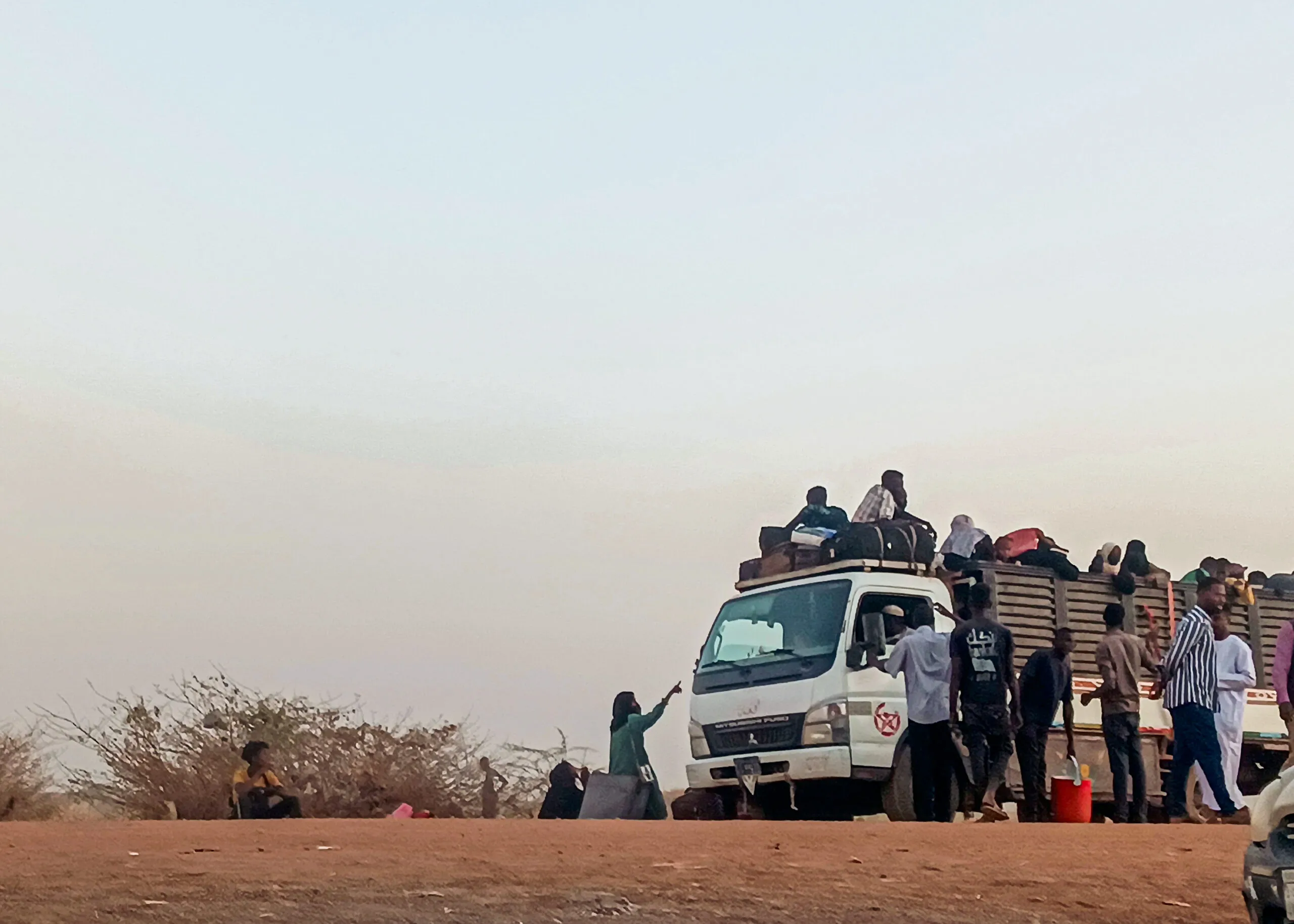January 22, 2024- The war in Sudan which entered its ninth month last week continues to cause extreme suffering for millions across the country and in neighboring states, with women and children experiencing the conflict’s impacts most acutely.
Recent fighting in eastern and southern Sudan – including in areas that had been spared the worst of the conflict up until mid-December – has added to the trauma and displacement experienced by so many, and compounded fears for what’s next.
Speaking of the continuing impact of the war since last April, Marie David, CARE Sudan Acting Country Director said: “Loss of life, mass displacement, violence against women and girls, hunger, cholera are all on the rise and occurring at an alarming rate. Between 70 and 80 percent of hospitals in conflict-affected areas are no longer functional. This crisis demands more attention, and funding.”
More than 7.4 million Sudanese are currently displaced since mid-April, both inside and outside the country. This includes at least 1.4 million people who have fled Sudan to seek safety and protection in neighboring countries like Chad, South Sudan, and Egypt – though many still face the threat of violence and limited access to essential services. Internally, approximately six million have been displaced, making Sudan the country with the largest number of IDPs in the world.
Sudan also has the largest child displacement in the world, with three million children having fled the widespread violence. Moreover, with 10,400 schools closed in conflict zones, the conflict has left 19 million children without access to education, according to a 2023 report.
Yet Sudan has become a forgotten crisis with limited media coverage, in relation to its devastating scope, and lack of funding. 24.8 million – nearly one in two people in Sudan – will need humanitarian assistance in 2024, according to the UN. Yet global funding for the crisis remains grossly inadequate, at barely 40% of what the Humanitarian Response Plan called for (at the end of 2023).
“We call on all parties to ensure that civilians, especially women and girls, are spared from all forms of violence and allowed to move freely to safety without restrictions, have free access to their basic needs, and safeguard their dignity.” said Marie David, CARE Sudan Acting Country Director.
An Expanding Conflict and Fears of More Displacement
While violence persists across large parts of Sudan (including in Darfur and Kordofan), last month fighting reached Gezira State, a region south of Khartoum. This new development in a region referred to as the breadbasket of Sudan forced an estimated 600,000 people to flee, approximately 220,000 of whom had already been displaced earlier in the year.
Late last summer, Shakir Elhassan, who works for CARE in Sudan, fled to Gezira State from his native Khartoum. Four months later, after fighting approached his temporary home, Elhassan embarked on a 20-hour journey east by bus “on dusty roads” across several states to find refuge, once again.
Speaking about what so many Sudanese are enduring and feeling, he reflected: “I used to tell myself that soon I will be back to our home, to my house, to my small farm, to my friends, to my relatives. That my kids will go back to school. This dream is running away from me. Now I find myself displaced twice. And I’m afraid of a third wave of displacement. This conflict is not reducing. It is expanding, moving from state to state.”
Now residing in the state of Kassala, Elhassan follows the news of the conflict he and so many others have found themselves caught in the middle of. Each day, hour by hour, he keeps himself informed by reading the latest reports with deep trepidation as the conflict continues to follow him.
“Sudanese people are missing their voice,” he said. “The people are suffering silently because they don’t have a voice,”
Humanitarian Relief in a Challenging Context
While CARE was forced to suspend its operations in Gezira State in December, its teams continue to provide support alongside local and global partners in South and East Darfur, South Kordofan, Gadarif, and Kassala. Their services cover health, water and sanitation, nutrition, cash assistance, agriculture, and livelihood activities.
This past week, in the town of Nyala in South Darfur, CARE was able to reopen their malnutrition center, the only facility serving malnourished children in the town.
In 2023, CARE reached more than 1.2 million people with humanitarian assistance in Sudan.
For media inquiries, please contact: usa.media@care.org

